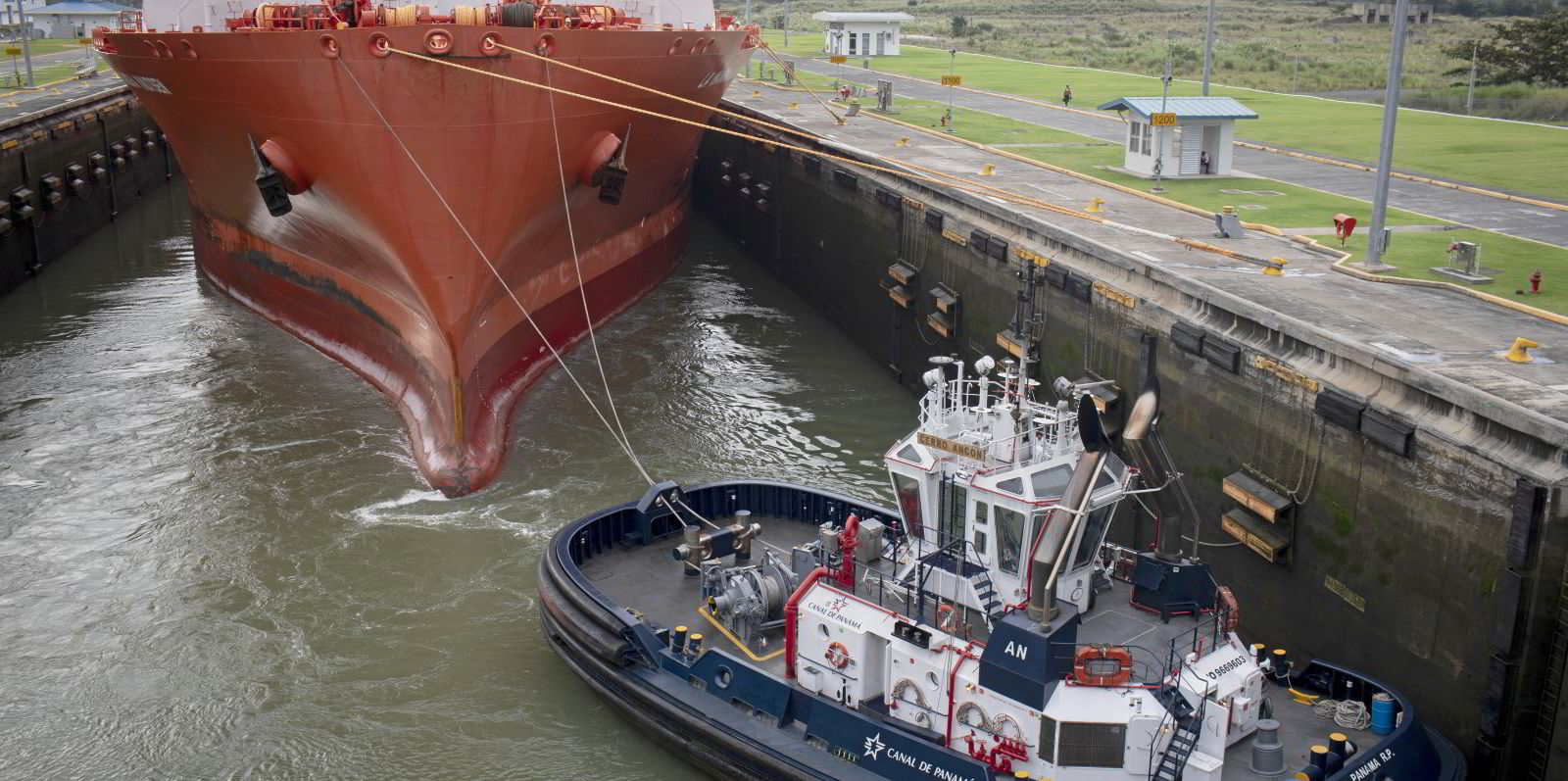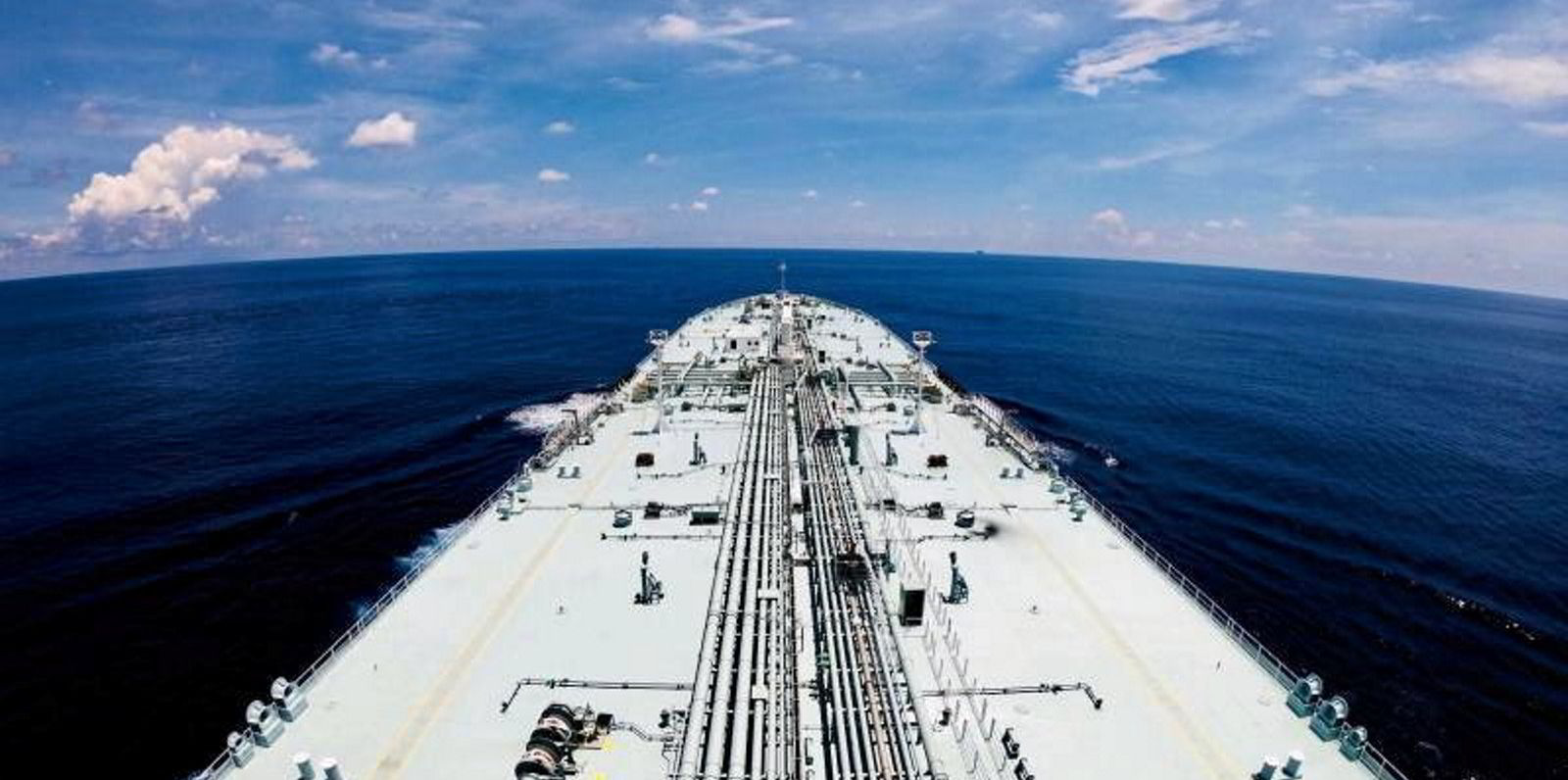Panama Canal transits are set to pick up in the coming months, analysts say, with varying impacts on freight markets.
According to notes from ABG Sundal Collier and BRS, water levels on the canal are set to rise as the Central American country begins its rainy season this month, allowing the canal authority to boost transits further.
“Inefficiencies driven by Panama Canal transit disruptions are projected to ease by the end of [the third quarter], as weather projections point to an increase in rainfall in the next months, which bodes well with the end of El Nino,” BRS said in its weekly tanker report.
The shipbroker said this would likely unwind the inefficiencies that boosted US Gulf Coast MR rates to their current levels, which the Baltic Exchange assessed at $35,570 per day in the Atlantic basin on Monday.
ABG analyst Petter Haugen said the increase in transits would increase the number of VLGCs and car carriers using the canal “but we believe this is unlikely to cause any severe correction in these markets”.
He said VLGC rates jumped to more than $60,000 per day in recent weeks following a correction in January, with another $20,000 per day in potential upside given the difference in prices between propane in the US and Asia.
“In fact, allowing for VLGCs to again use the canal without significant auction costs could support the rates in this segment as rates today would have been above $100,000 per day if they were set by the Panama voyage calculation,” Haugen added.
He said LPG carrier transits were down 27%, from the 2023 average, while LNG carrier transits fell 53%, bulkers down 61% and product tankers down 33%.
Car Carrier transits are down 70% versus the 2023 average, he said.
That segment has seen a significant boost in rates, largely driven by the rise in Chinese electric vehicle exports, which have outstripped the supply of ships, coupled with the flight of vessels from the Red Sea over security concerns.
But Panama Canal disruptions have also had a positive impact, owners have said.
Canal transits have been restricted since October, due to low water levels at Gatun Lake, with the Panama Canal Authority gradually lowering the number of transits from the normal capacity of 36.
The authority blamed drought conditions brought on by El Nino, a climate event in the Pacific Ocean, but did note water levels were unusually low.
In January, the authority began raising the number of transits and further again in March, with auctions for additional slots beginning early that month.





